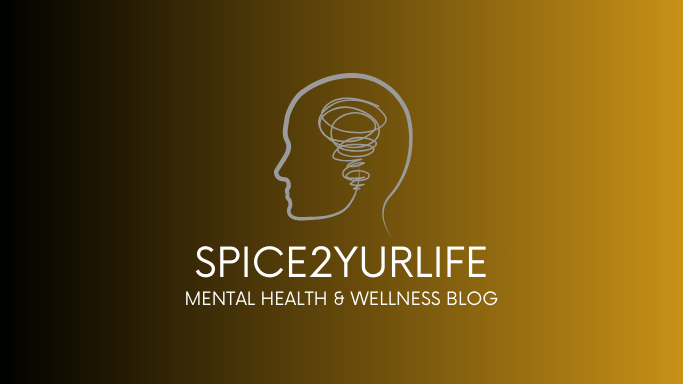In the vast ocean of life, there are moments when the waves feel too high to navigate alone. Whether it's grappling with personal struggles, managing mental health challenges, or seeking guidance through life's twists and turns, there's no shame in admitting that sometimes we need a lifeboat. This is where therapy, counseling, and support groups come into play, offering a beacon of hope and a safe harbor for those in need.
Acknowledging the Need
The first step in seeking help is often the hardest—acknowledging the need. It requires a level of vulnerability and self-awareness that can be daunting. Yet, it's a crucial moment of empowerment. Recognizing that you're not alone in your struggles and that there are resources available to support you can be a transformative realization.
Breaking the Stigma
Despite progress in recent years, there still exists a lingering stigma around seeking professional help for mental health concerns. However, it's important to remember that prioritizing your mental well-being is an act of courage, not weakness. Just as we seek medical attention for physical ailments, caring for our mental health is equally vital. By breaking the silence and challenging societal taboos, we pave the way for a more compassionate and understanding world.
Therapy: A Personal Compass
Therapy offers a unique space for self-exploration and healing. Whether through one-on-one sessions or group therapy, it provides a supportive environment to delve into your thoughts, emotions, and experiences. A skilled therapist acts as a guide, helping you navigate the complexities of your inner world and develop coping strategies to overcome challenges.
Counseling: Practical Guidance
Counseling often focuses on specific issues or goals, providing practical guidance and solutions-oriented support. Whether you're facing relationship difficulties, career transitions, or grief, counseling equips you with the tools and insights needed to navigate life's obstacles with resilience and grace.
Support Groups: Strength in Community
There's immense power in finding solidarity and understanding within a community of peers who share similar experiences. Support groups offer a safe space to share stories, offer encouragement, and receive validation. Whether it's a group for survivors of trauma, individuals living with chronic illness, or parents of children with special needs, these communities foster connection and belonging.
Accessing Support: Overcoming Barriers
Despite the benefits of therapy, counseling, and support groups, accessing these resources can sometimes be challenging. Financial constraints, lack of insurance coverage, and limited availability of services in certain areas are common barriers. However, there are resources available to overcome these obstacles, including sliding-scale fees, online therapy platforms, and community mental health centers.
Embracing the Journey
Seeking help is not a sign of weakness, but rather a testament to our strength and resilience as human beings. Whether you're navigating stormy seas or sailing under clear skies, know that there are lifelines available to support you along the way. Therapy, counseling, and support groups offer invaluable tools for self-discovery, healing, and growth. By embracing the journey and reaching out for help when needed, we can chart a course towards greater well-being and fulfillment.
Remember, you're never alone in your journey. Reach out, speak up, and let the light of support guide you through the darkest of nights.


















